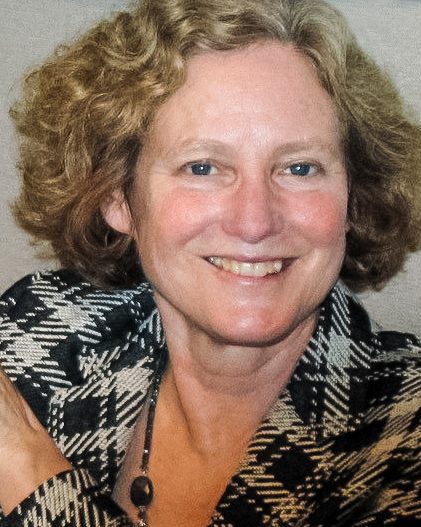Ensuring a bright future for Seattle
Lynn Best ’69

In 1982, when Lynn Best ’69 joined the public utility Seattle City Light, her team faced an immediate challenge: evaluating the environmental, cultural, and financial impacts of its three dams generating electricity on the Skagit River in northwest Washington State. As acting director, she was able to persuade City Light to allow the environmental team to lead negotiations.
“Of course,” Best says, “the biggest issue was protecting the salmon on the river.” Four species of salmonids were known to spawn at different times and depths. The team relied upon science to determine optimal flow and ramping rates, placing the health of these species first, above power demand. Because the work was done in collaboration with state and federal agencies as well as local tribal communities, these partner groups signed on to the approach, which was the first time this had ever happened on a large hydro project. The fish responded immediately. The chum and pink salmon returned to historic abundances.
City Light’s efforts didn’t go unnoticed. In 1992, a senior member of the Federal Energy Regulatory Commission said that the utility’s Skagit River effort was the most comprehensive piece of work for the public good that he had ever seen. According to Best, if you dig hard enough, multiple science-based solutions to a problem emerge. And in her experience, at least one of these answers can benefit all the stakeholders. It’s a lesson she learned during her time as a biology major at MIT.
Of course, mistakes happen. Roughly a decade ago, the dam gates failed to open properly, draining water away from a number of salmon nests. This time, as environmental affairs director of Seattle City Light, Best and her now much larger team reported the violation to their partners. The tribal communities “didn’t advocate for any penalties, which is pretty unheard-of in those circumstances,” she says. It was a testament to how effective her cooperative approach had been.
In 2005, under Best’s leadership, Seattle City Light became the first utility in the nation to go carbon neutral. And more recently, during her time as the organization’s chief environmental officer, she championed an environmental justice program to protect and support diverse and economically disadvantaged communities.
Best retired from Seattle City Light in early 2020. She is now a commissioner on the Skagit Environmental Endowment Commission, dedicated to protecting the Upper Skagit environment on both sides of the border. She also spends time birdwatching and hiking. Her legacy of relationship building and environmental stewardship endures.
Keep Reading
Most Popular
Large language models can do jaw-dropping things. But nobody knows exactly why.
And that's a problem. Figuring it out is one of the biggest scientific puzzles of our time and a crucial step towards controlling more powerful future models.
The problem with plug-in hybrids? Their drivers.
Plug-in hybrids are often sold as a transition to EVs, but new data from Europe shows we’re still underestimating the emissions they produce.
Google DeepMind’s new generative model makes Super Mario–like games from scratch
Genie learns how to control games by watching hours and hours of video. It could help train next-gen robots too.
How scientists traced a mysterious covid case back to six toilets
When wastewater surveillance turns into a hunt for a single infected individual, the ethics get tricky.
Stay connected
Get the latest updates from
MIT Technology Review
Discover special offers, top stories, upcoming events, and more.